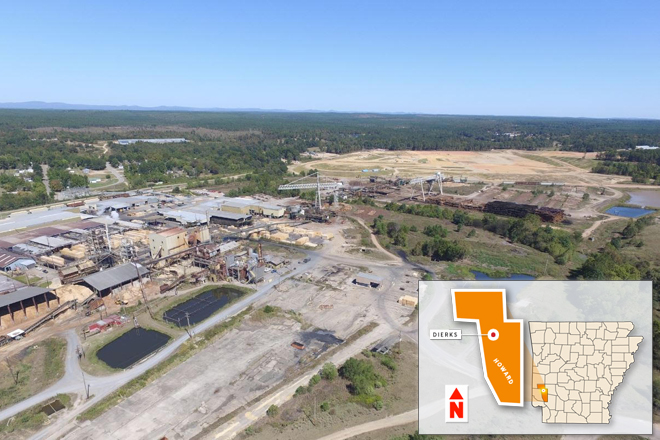
Leading multifamily REITs are selling off properties—starting with the largest apartment REIT Equity Residential, which announced plans to sell off nearly a quarter of its apartment portfolio on Oct. 26.
“This is an extremely opportune time for Equity Residential to monetize our investments in this portfolio of assets,” said David J. Neithercut, president and CEO of Equity Residential.
REITs usually need to keep growing to help keep their stock prices rising. But leading apartment REITs have become net sellers this year, starting with Equity. The huge deal will dispose of nearly a quarter of Equity’s portfolio of more than 109,000 apartments. In addition, Equity is not planning to spend the cash from the sale on buying other apartments or developing new properties. Instead, the REIT plans to pay down its debt and return a large dividend to its shareholders.
Equity plans to sell more than 23,000 apartments at 72 properties to Starwood Capital Group, through a controlled affiliate, for $5.365 billion. About half of these properties are located in Florida, with other communities in Denver and California’s Inland Empire, in addition to core markets including Washington D.C. and Seattle. Going forward, Equity also plans to sell an additional 26 properties totaling 4,728 apartment units, one at a time or in small portfolios, including all of the company’s assets in Connecticut and in non-core sub-markets of Massachusetts. The sale to Starwood, combined with these other sales, will result in the company’s exit from the South Florida and Denver markets, as well as the New England sub-markets.
“We have also narrowed our focus, which will now be entirely directed towards our core, high-density urban markets,” says Neithercut.
Read entire article in National Real Estate Investor
Find out more about Liberty at our Youtube page
To discuss commercial mortgage financing needs contact Liberty here.




